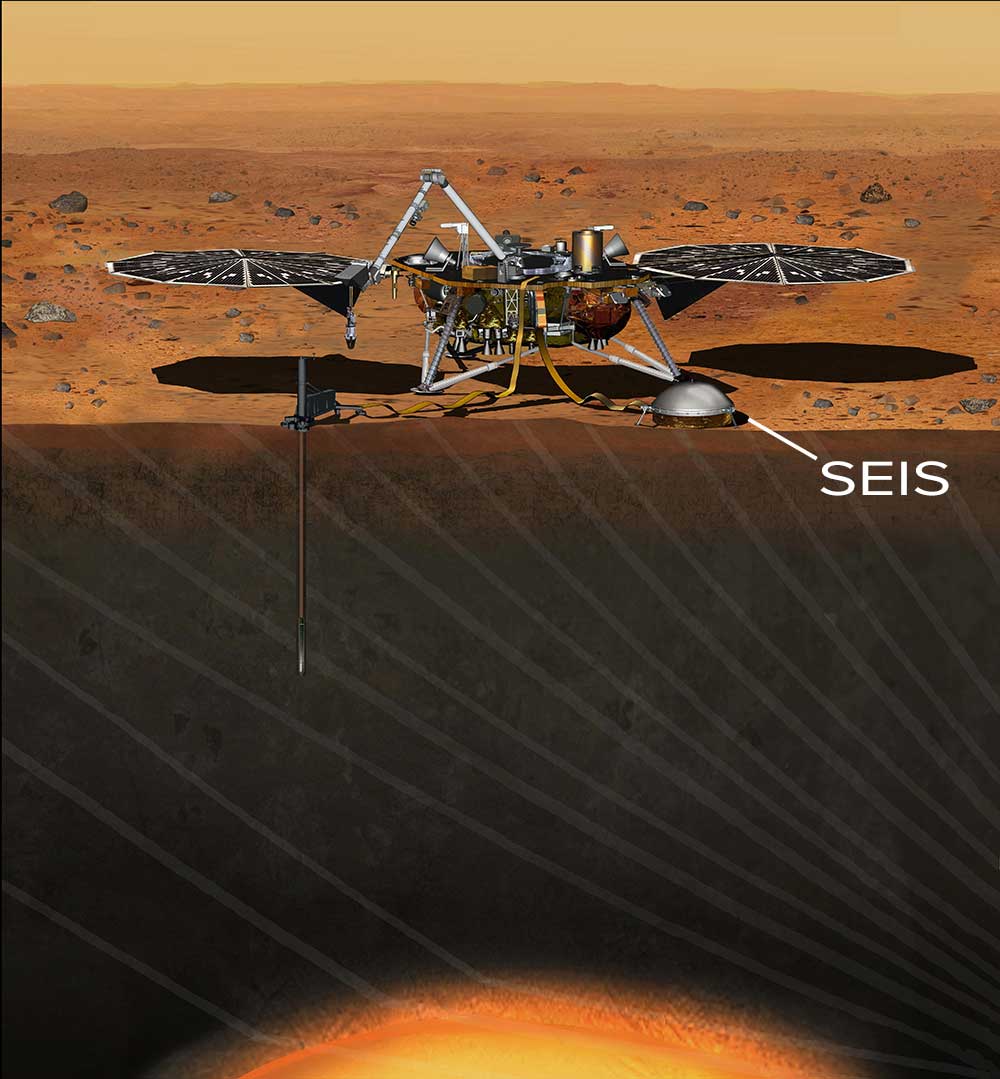-
Tips for becoming a good boxer - November 6, 2020
-
7 expert tips for making your hens night a memorable one - November 6, 2020
-
5 reasons to host your Christmas party on a cruise boat - November 6, 2020
-
What to do when you’re charged with a crime - November 6, 2020
-
Should you get one or multiple dogs? Here’s all you need to know - November 3, 2020
-
A Guide: How to Build Your Very Own Magic Mirror - February 14, 2019
-
Our Top Inspirational Baseball Stars - November 24, 2018
-
Five Tech Tools That Will Help You Turn Your Blog into a Business - November 24, 2018
-
How to Indulge on Vacation without Expanding Your Waist - November 9, 2018
-
5 Strategies for Businesses to Appeal to Today’s Increasingly Mobile-Crazed Customers - November 9, 2018
Leaky seismometer delays NASA’s next Mars mission
“The vacuum issue is the only thing that was standing between us and launch”, Bruce Banerdt, InSight’s principal investigator at the Jet Propulsion Laboratory, told CNN.
Advertisement
NASA’s planetary missions have been on a roll of late, led by the mini-armada of Curiosity, Opportunity, Mars Odyssey, and Mars Reconnaissance Orbiter – all of which continue their scrutiny of the Red Planet.
The Red Planet and Earth align favorably only once in every 26 months, due to which now, NASA’s InSight Mars lander has to wait until mid-2018 to start its mission to characterize interior of Mars in unmatched detail, in case the spacecraft gets off the ground at all. The lander had already reached the launch site at Vandenberg Air Force Base in California when a key instrument developed a leak during a final round of thermal testing.
InSight is made up of a lander that carries a robotic arm, two cameras, and a thermal probe that will dig into the Martian surface to calculate the planet’s temperature.
“It’s the first time ever that such a sensitive instrument has been built”, Marc Pircher, director of the French space agency that provided the seismometer, said in a NASA release.
InSight was created to study the geological conditions of the red planet including its seismic activity.
The problem has delayed and could possibly cancel the mission of one spacecraft to Mars, but what does it do to progress on NASA’s overall Mars goals? “We push the boundaries of space technology with our missions to enable science, but space exploration is unforgiving, and the bottom line is that we’re not ready to launch in the 2016 window”.
InSight’s science payload includes two key instruments: SEIS, provided by CNES, and the Heat Flow and Physical Properties Package (HP3), provided by the German Aerospace Center (DLR). RISE, short for Rotation and Interior Structure Experiment, uses the lander’s X-band radio to measure the planet’s spin rate (and any variations in it) very precisely, which will provide additional clues to understanding the Martian interior. According to Ars Technica, NASA’s low-priced Discovery Programs have a mission budget cap of $675 million.
While the problem will delay the launch of the 5.5m lander, NASA’s ambitious plan to land on Mars remains on track.
“While we’re really interested in the results, it doesn’t affect the sequence of either any of our other scientific missions – say, Mars 2020 – or our collaboration with the European Space Agency on their ExoMars program”, Grunsfeld added. “A decision on a path forward will be made in the coming months”, said Grunsfeld in a prepared statement.
Advertisement
“Learning about the interior structure of Mars has been a high priority objective for planetary scientists since the Viking era”, says John Grunsfeld, associate administrator for NASA’s Science Mission Directorate. Currently, the space agency is targeting to launch InSight sometime in May of 2018. The craft should both arrive at the Baikonur launch site in Kazakhstan this week.




























